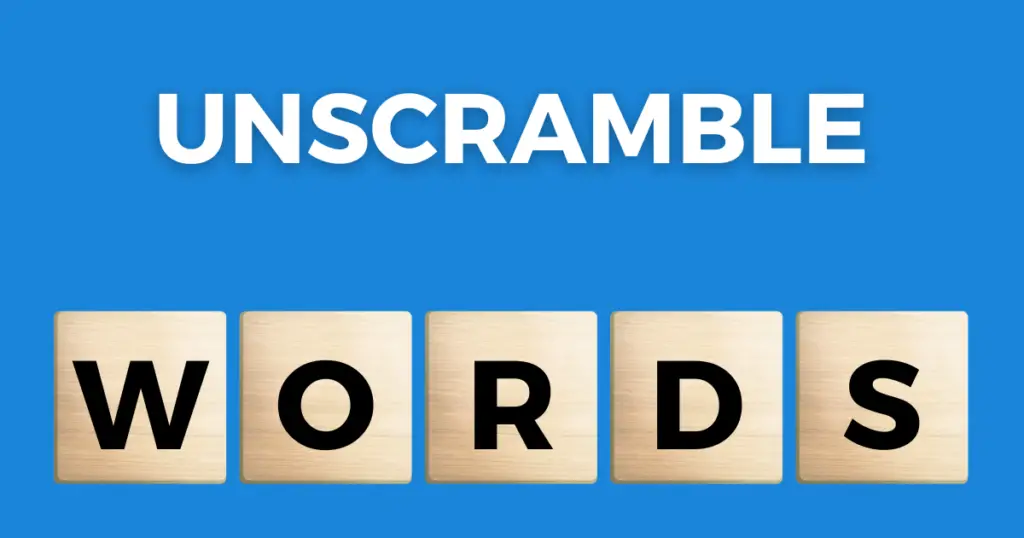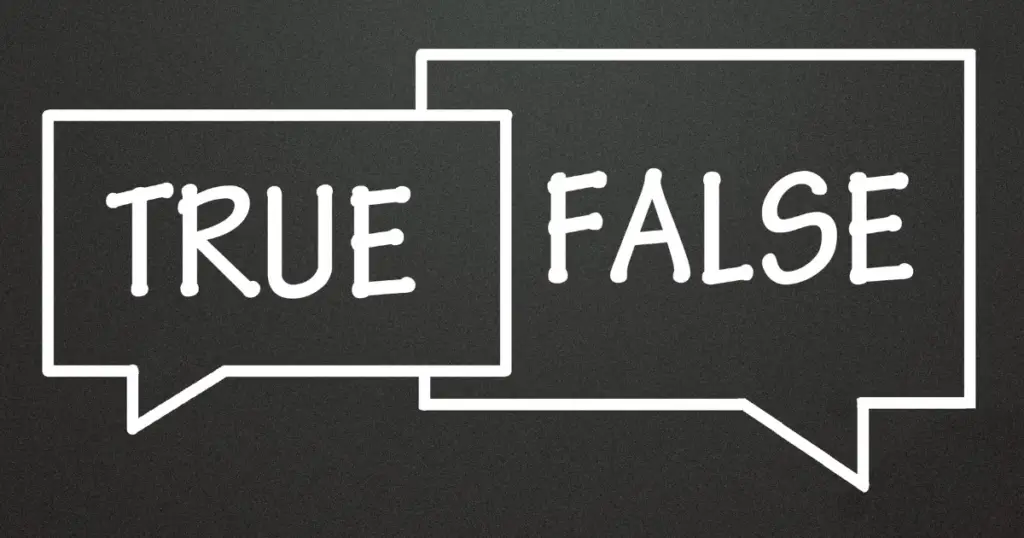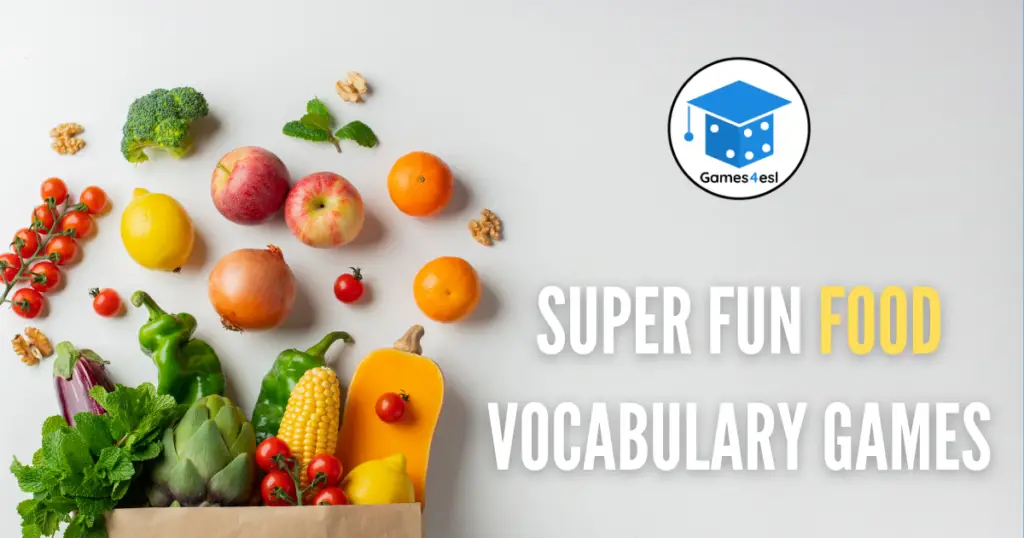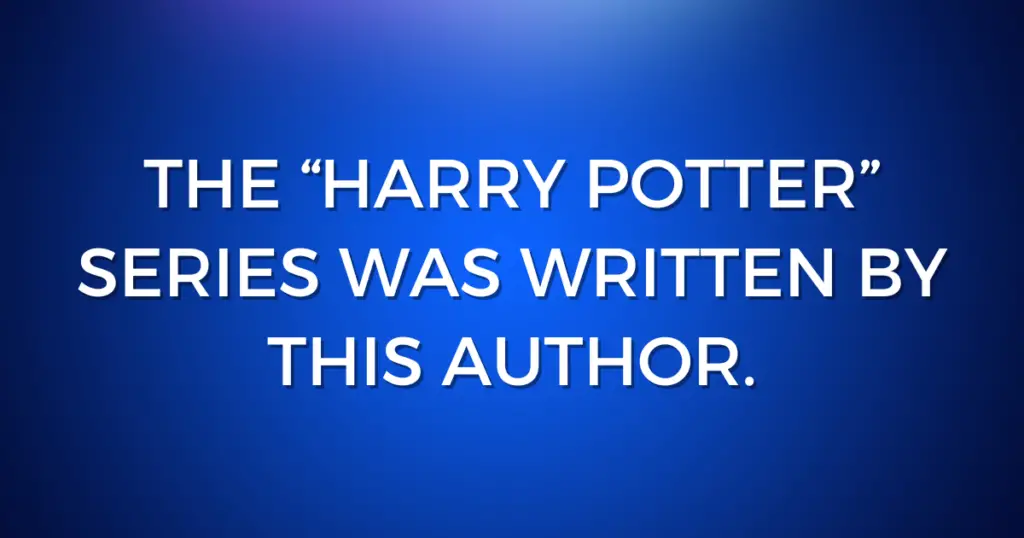An Easy Guide To Alliteration With Examples And Activity Ideas
Alliteration is a literary device that involves the repetition of the initial sounds of words in a close cluster of words, lending a lyrical and memorable melody to phrases. For example, “Bright blue birds.” uses the repetition of the ‘b‘ sound at the beginning of each word. Alliteration is often confused with the linguistic devices of assonance and consonance, which echo similar sounds in different ways (more on that below.)
In this guide to alliteration, we will explain what alliteration is and how it differs from assonance and consonance, and give you many examples of alliteration to help you understand and use this popular literary device in your writing. We will also share our favorite activities for teaching alliteration to kids and beginner language learners. So, no matter whether you’re teaching or learning about alliteration, we’ve got you covered!
What Is Alliteration?
Alliteration is a literary device that involves the repetition of the same initial sound in a series of words. This repetition occurs at the beginning of words that are close to each other in a phrase or sentence. Alliteration is frequently used in poetry, prose, and in everyday language for its rhythmic and musical effect, which can enhance the mood or tone of a text and make it more memorable.
For example, in the famous tongue twister, “Peter Piper picked a peck of pickled peppers,” the repetition of the ‘p‘ sound at the start of each word is an instance of alliteration. This technique can add a playful, whimsical, or sometimes solemn tone to writing, depending on the context and the sounds that are repeated.
Alliteration vs Assonance and Consonance
Two similar but distinct literary devices are assonance and consonance. Assonance focuses on the repetition of vowel sounds within words. For instance, in the phrase “The rain in Spain stays mainly in the plain,” the repetition of the ‘ai‘ sound is a prime example of assonance.
Consonance, on the other hand, involves the repetition of consonant sounds but can occur anywhere within the words, not just at the beginning. An example would be “The lumpy bumpy road,” where the ‘m‘ and ‘p‘ sounds recur.
As you can see, alliteration, assonance, and consonance are similar but different literary devices. To recap, alliteration is the repetition of initial sounds in a series of words, assonance is the repetition of vowel sounds within words, and consonance is the repetition of consonant sounds within words. So, unlike alliteration, which is confined to the initial sounds in a series of words, both assonance and consonance can appear anywhere in the words.
Alliteration Examples: Everyday Expressions
As we mentioned above, alliteration is most commonly used in writing. However, many everyday sayings use alliteration, too. Here are some examples of alliteration in everyday expressions.
- busy as a bee
- cream of the crop
- dead as a doornail
- french fry
- fit as a fiddle
- good as gold
- high heaven
- hit the hay
- home sweet home
- jump for joy
- last laugh
- living life
- make a mountain out of a molehill
- no-nonsense
- out of order
- pecan pie
- picture perfect
- pleased as punch
- quick question
- right as rain
- rocky road
- super-size
- sweet as sugar
- tip-top condition
- tough talk
- trick or treat
Alliteration Examples: Tongue Twisters
Using tongue twisters is a really fun way to teach alliteration to kids. Here are some examples of alliteration found in tongue twisters.
- “She sells seashells by the seashore.”
- “Peter Piper picked a peck of pickled peppers.”
- “Betty Botter bought some butter, but she said the butter’s bitter.”
- “How much wood would a woodchuck chuck if a woodchuck could chuck wood?”
- “Fuzzy Wuzzy was a bear. Fuzzy Wuzzy had no hair. Fuzzy Wuzzy wasn’t very fuzzy, was he?”
- “Can you can a can as a canner can can a can?”
- “I saw Susie sitting in a shoeshine shop.”
- “Six slippery snails slid slowly seaward.”
- “A big black bug bit a big black bear, made the big black bear bleed blood.”
- “How can a clam cram in a clean cream can?”
Alliteration Examples: Poetry
Alliteration is commonly found in poetry. It adds rhythm and musicality to verses. Here are some great examples from famous poems.
- “The Raven” by Edgar Allan Poe: “Once upon a midnight dreary, while I pondered, weak and weary…”
- “Beowulf” (Anonymous, Old English Epic): “Forth he fared at the fated moment, sturdy Scyld to the shelter of God.”
- “The Rime of the Ancient Mariner” by Samuel Taylor Coleridge: “The fair breeze blew, the white foam flew, The furrow followed free.”
- “Morte d’Arthur” by Alfred Lord Tennyson: “And as the boat-head wound along The willowy hills and fields among…”
- “Goblin Market” by Christina Rossetti: “Sweet to tongue and sound to eye; Come buy, come buy.”
- “The Bells” by Edgar Allan Poe: “Hear the sledges with the bells— Silver bells!”
- “Kubla Khan” by Samuel Taylor Coleridge: “Where Alph, the sacred river, ran Through caverns measureless to man…”
- “I Wandered Lonely as a Cloud” by William Wordsworth: “When all at once I saw a crowd, A host, of golden daffodils.”
- “Leda and the Swan” by William Butler Yeats: “A sudden blow: the great wings beating still…”
- “Do Not Go Gentle Into That Good Night” by Dylan Thomas: “Rage, rage against the dying of the light.”
Alliteration Examples: Song Lyrics
Just like poetry, alliteration is used in song lyrics to add rhythm, emphasis, and a poetic quality. Here are some examples of alliteration in songs.
- “Big Yellow Taxi” by Joni Mitchell: “They paved paradise and put up a parking lot”
- “Cool Kids” by Echosmith: “Cause all the cool kids, they seem to fit in.”
- “Just Like a Pill” by Pink: “Instead of making me better, you keep making me ill.”
- “So Sick” by Ne-Yo: “Said I’m so sick of love songs, so sad and slow”
- “Bitter Sweet” by The Verve: “Sweet symphony, this life.”
- “Let It Be” by The Beatles: “Whisper words of wisdom”
Activities To Teach Alliteration
Teaching alliteration to kids and beginner English language learners can be a lot of fun! Here are our favorite activities to teach alliteration.
Alliteration Alphabet

This activity is a great way to get students thinking about alliteration while exercising their vocabulary skills. Download and print this alliteration alphabet worksheet and give one to each student or pair of students. Then, have them write an alliteration phrase for each letter of the alphabet. For example, “Alert Alligator Awaits,” “Busy Bee Buzzing,” “Clever Cat Climbing,” etc.
Tongue Twister Race

This next activity is great for teaching alliteration to kids. To play, first, divide the class into two equal teams. Next, write a short tongue twister on the board and choose a team to go first. Now, the game can begin.
The team must work together to say the whole tongue twister one word at a time. However, only one student may speak at any time, and they cannot discuss who will say which word in advance.
So, for example, if you are using the tongue twister, “I saw Susie sitting in a shoeshine shop.“, then one student must jump up and say “I” and then another student must jump up and say “saw” and then another student must jump up and say “Susie”, and so on until they complete the tongue twister.
Any student can choose to jump up and say the next word at any time, but if two students jump up and speak at the same time, then the team must start the whole tongue twister again. Time how long it takes them to get to the end of the tongue twister and then let the other team try. The quickest team is the winner!
Alliteration Nicknames

This next activity is really simple and fun when teaching alliteration. To begin, first, arrange students so they are sitting in a big circle. Next, tell them they must think of an alliteration nickname for themselves by thinking of an adjective that starts with the same initial sound as their name. For example, “Awesome Andrew”, “Crazy Kate”, etc.
Once students have decided their names, the game can begin. Have students introduce themselves one by one to the class by saying, “Hi. My name is (Awesome Andrew). Nice to meet you.” Then, the whole class should reply, “Hi (Awesome Andrew). Nice to meet you, too.”
Once all students have introduced themselves, it’s time to test their memory. Give each student a piece of paper and have them write down as many names as they can remember. After 5 minutes or so, check students’ answers by having each student in the circle introduce themselves again.
Although simple, this activity can be really fun as kids can create some hilarious nicknames!












